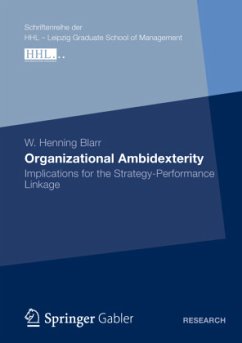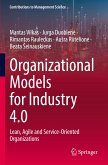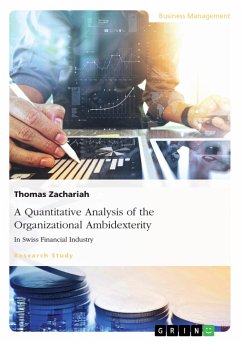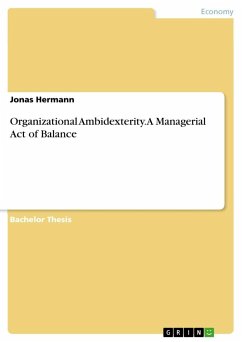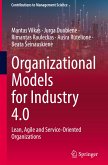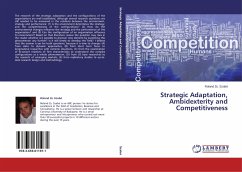Today's companies in diverse industries perceive increasing competition and an accelerating pace of change. To cope with these challenges, they need to leverage their current competencies and exploit existing products and services, while simultaneously build new capabilities to develop innovative solutions. Therefore, instead of selecting and maintaining a focus on either efficiency or flexibility, these firms balance resource allocation and become so-called ambidextrous organizations. W. Henning Blarr analyzes this balancing act, requiring the ability to simultaneously pursue both incremental and discontinuous change. He shows that compared to organizations focusing on either exploitative or explorative activities, ambidextrous organizations significantly obtain higher levels of financial performance.
Bitte wählen Sie Ihr Anliegen aus.
Rechnungen
Retourenschein anfordern
Bestellstatus
Storno

